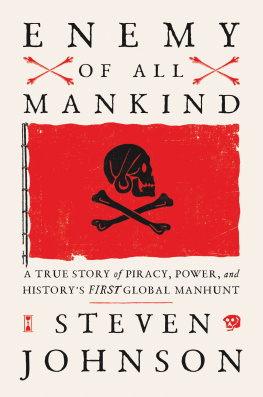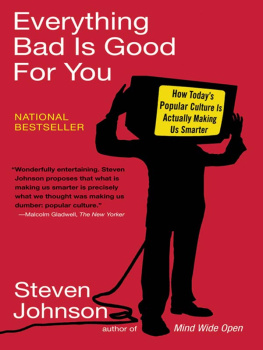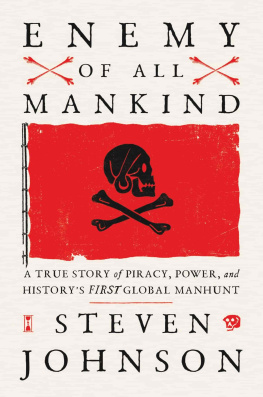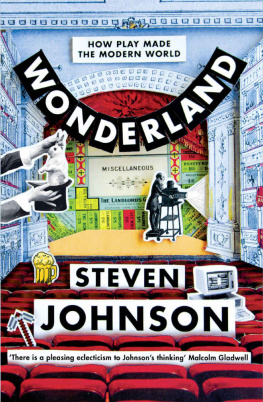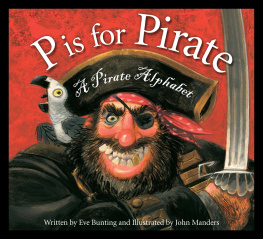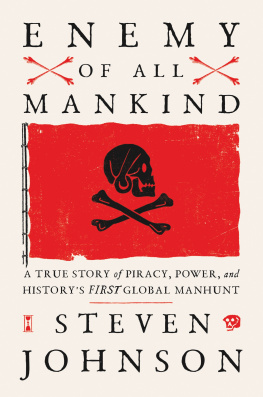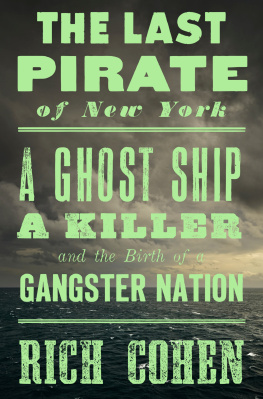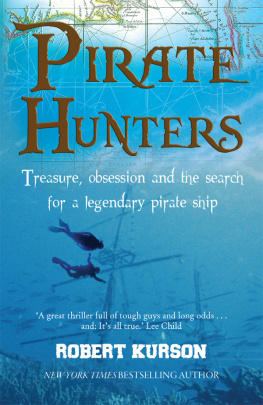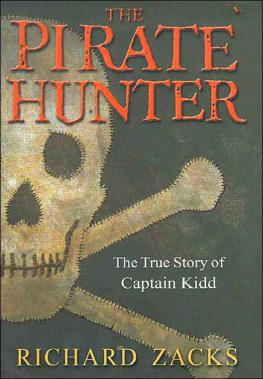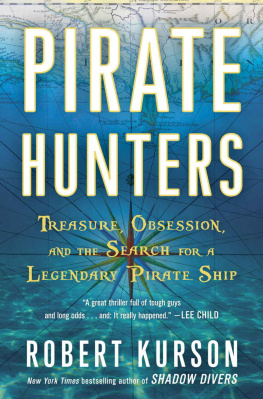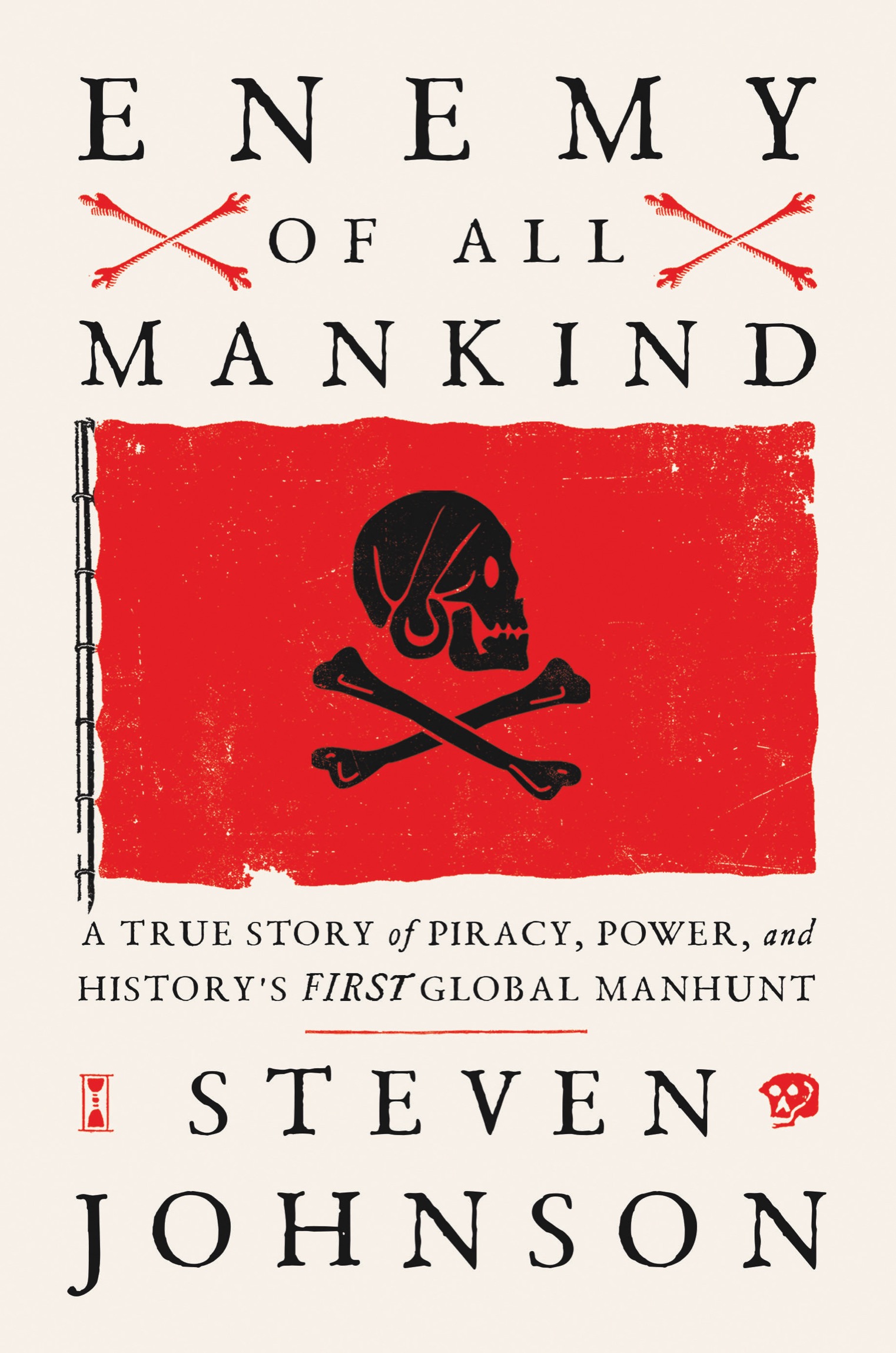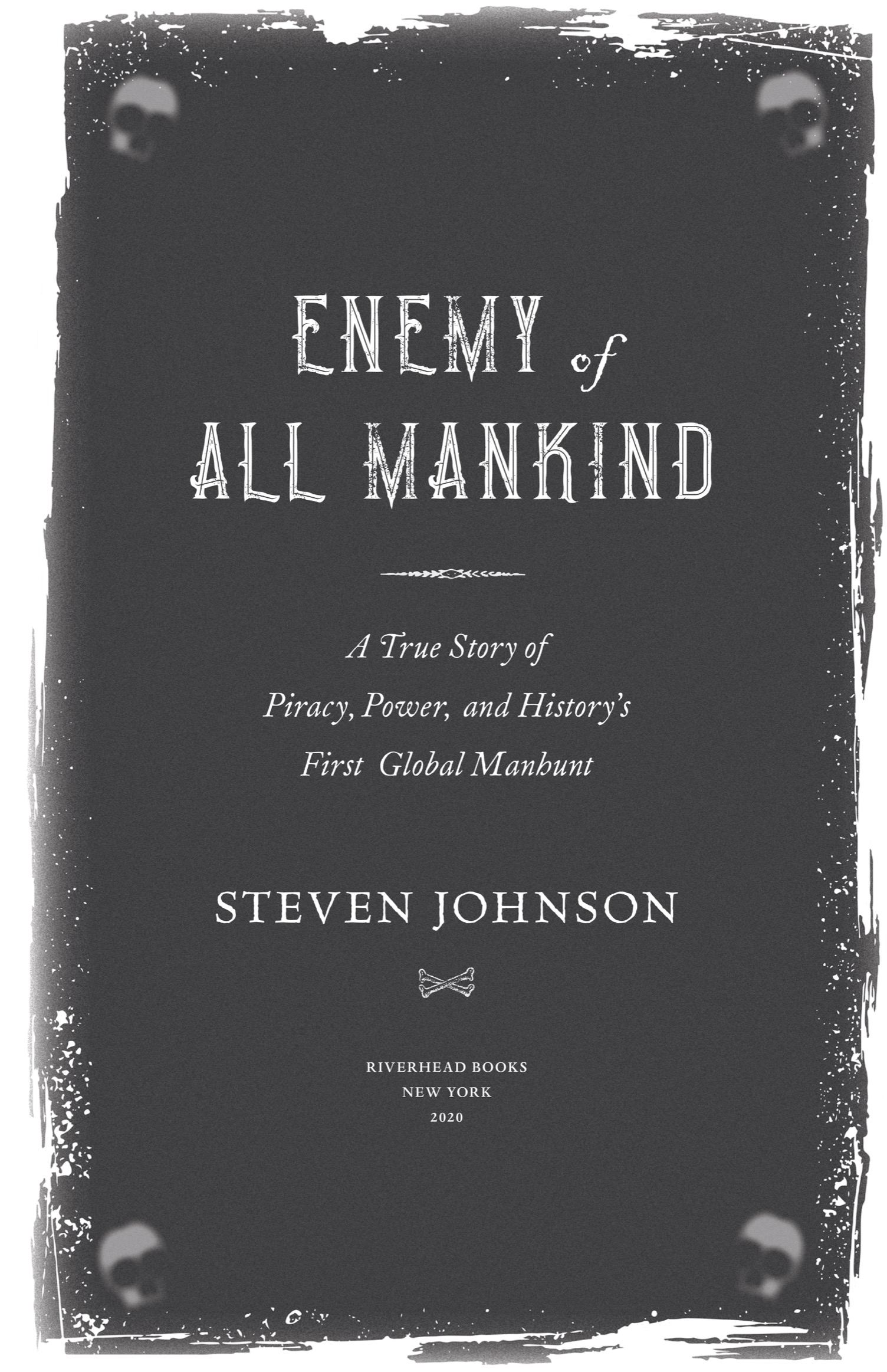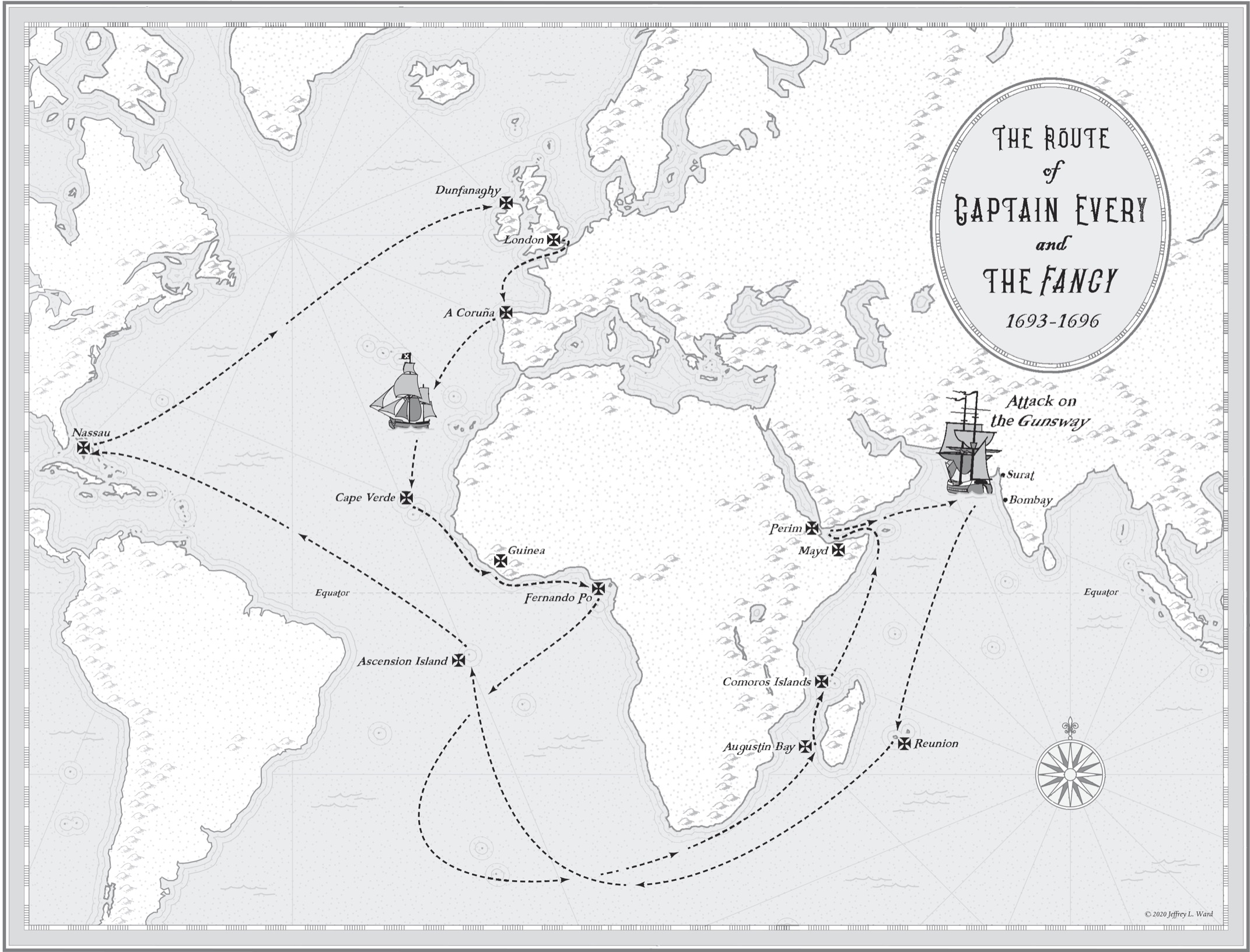ALSO BY STEVEN JOHNSON
Interface Culture: How New Technology Transforms the Way We Create and Communicate
Emergence: The Connected Lives of Ants, Brains, Cities, and Software
Mind Wide Open: Your Brain and the Neuroscience of Everyday Life
Everything Bad Is Good for You: How Todays Popular Culture Is Actually Making Us Smarter
The Ghost Map:The Story of Londons Most Terrifying Epidemicand How It Changed Science, Cities, and the Modern World
The Invention of Air: A Story of Science, Faith, Revolution, and the Birth of America
Where Good Ideas Come From: The Natural History of Innovation
Future Perfect:The Case for Progress in a Networked Age
How We Got to Now:Six Innovations That Made the Modern World
Wonderland:How Play Made the Modern World
Farsighted:How We Make the Decisions That Matter the Most

R IVERHEAD B OOKS
An imprint of Penguin Random House LLC
penguinrandomhouse.com

Copyright 2020 by Steven Johnson
Penguin supports copyright. Copyright fuels creativity, encourages diverse voices, promotes free speech, and creates a vibrant culture. Thank you for buying an authorized edition of this book and for complying with copyright laws by not reproducing, scanning, or distributing any part of it in any form without permission. You are supporting writers and allowing Penguin to continue to publish books for every reader.
Riverhead and the R colophon are registered trademarks of Penguin Random House LLC.
Library of Congress Cataloging-in-Publication Data
Names: Johnson, Steven, 1968 author.
Title: Enemy of all mankind: a true story of piracy, power, and historys first global manhunt / Steven Johnson.
Description: New York: Riverhead Books, 2020. | Includes bibliographical references and index.
Identifiers: LCCN 2019022493 (print) | LCCN 2019022494 (ebook) | ISBN 9780735211605 (hardcover) | ISBN 9780735211629 (ebook)
Subjects: LCSH: Avery, John, active 1695. | PiratesGreat BritainBiography. | PiracyEconomic aspectsGreat BritainHistory. | PiracyEconomic aspectsMogul EmpireHistory. | International economic relationsHistory. | Great BritainEconomic conditions17th century. | Mogul EmpireEconomic conditions17th century. | Mogul EmpireForeign economic relationsGreat Britain. | Great BritainForeign economic relationsMogul Empire.
Classification: LCC G537.A9 J64 2020 (print) | LCC G537.A9 (ebook) | DDC 910.4/5dc23
LC record available at https://lccn.loc.gov/2019022493
LC ebook record available at https://lccn.loc.gov/2019022494
Map by Jeffrey L. Ward
Cover design: Gregg Kulick
Cover images: (flag, crossbones, hourglass) Culture Club / Hulton Archive / Getty Images; (depiction of Henry Everys pirate flag) Unknown author via Wikimedia Commons
pid_prh_5.5.0_c0_r0
For Alexa
CONTENTS

Elegant and excellent was the pirates answer to the great Macedonian Alexander, who had taken him: the king asking him how he dare molest the seas so, he replied with a free spirit, How dare thou molest the whole world? But because I do with a little ship only, I am called a thief: thou doing it with a great navy, art called an emperor.
S T . A UGUSTINE , The City of God
Suffer pirates and the commerce of the world must cease.
H ENRY N EWTON
The Indian Ocean, west of Surat
September 11, 1695

On a clear day, the lookout perched atop the forty-foot mainmast of the Mughal treasure ship can see almost ten miles before hitting the visual limits of the horizon line. But it is late summer, in the tropical waters of the Indian Ocean; the humidity lingering in the air draws a hazy curtain across the spyglass lens. And so by the time the English vessel comes into focus, she is only five miles away.
The existence of an English ship in these waters is hardly noteworthy. They are only a few days sail from Surat, one of Indias most prosperous port cities, and the original headquarters of the East India Company. At first sight, the lookout doesnt even think it necessary to sound an alarm. Yet as the seconds pass, as the blurred shape of the boat looms in the spyglass, something catches his attention in the approaching vessel: not her colors, but her speed in the water. The ship is in full sail, he can see now, running before the wind. And she is moving fast, at least ten knots, maybe moreeasily twice the top speed of the treasure ship. The lookout has never seen a ship sail with such velocity across the open water.
By the time the lookout alerts the crew below him, the English ship is already visible to the naked eye.
From his vantage point on the quarterdeck, the captain of the Indian ship still has little reason to fear the approaching vessel, however fast she might be. He has eighty cannons lining his gun decks, supported by four hundred muskets and nearly a thousand men. From what he can make out, the English ship cannot have more than fifty cannons and a fraction of his crew. Even if she is under the command of pirates on the attack, the captain has been at sea for months without incident; he has sailed unchallenged through the notorious pirates nest at the mouth of the Red Sea. Now he is practically in sight of his home port in Surat. What pirate would dare to challenge him in these waters, with so little firepower?
But the captain does not know the long history that has brought these two ships together. He does not know that the men aboard the English vessel have traveled thousands of miles to get this close to a ship returning to harbor with unimaginable riches in its hold, that they have waited more than a year for this precise opportunity. He does not know what these men are capable of, the crimes they have already committed.
And he does not know the near future, the two improbable events that are about to unfold within seconds of each other, radically undermining his advantage.
The sequence begins with the smallest of mistakes. An inexperienced gunner packs an extra ounce or two of gunpowder into the chamber of a cannon. Or perhaps, days or weeks earlier, the gun crew fails to clean the cannon properly, and a residue of gunpowder remains in the chamber, unnoticed. Or perhaps the chain of events starts much further back, in a blast furnace somewhere in India, where a minuscule flaw is formed in the cast-iron reinforce that houses the ignition chamber, a flaw that goes undetected for years, slowly weakening with each blast, until one day it fails.

